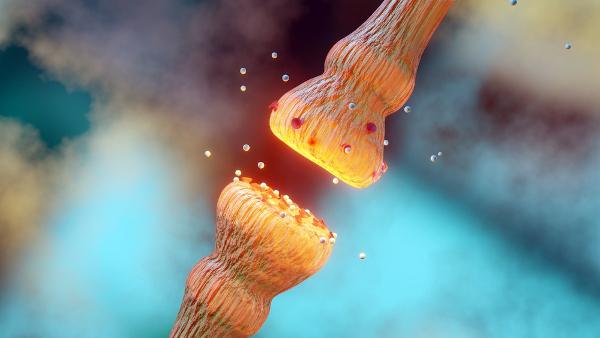The genotype is the genetic code of the cells of an organism, it is the instructions that influence the characteristics of an individual, such as the color of the eyes or hair. The phenotype is the trait that we can see expressed in people, in the form of a physical characteristic or behavior.
The phenotype depends on the genotype, but it can also be influenced by environmental factors.
| Genotype | phenotype | |
|---|---|---|
| Definition | The genotype is the genetic code presented in the cells of an individual, which define their physical characteristics. | It is the expression of the genotype as a characteristic, the physical trait that we can observe, such as hair color. |
| Depends on | The hereditary information that has been passed on from parents to an individual through alleles. |
The genotype and the influence of the environment. |
| Heritage | It is inherited by children through the allele of one of the parents, transmitted during reproduction. |
It cannot be inherited. |
| contains | All of an individual's hereditary information, even genes that have not been expressed. | Only expressed genes. |
| observer by | Biological tests such as genotyping. | Observation through the senses, such as sight or touch. |
| Examples | DNA, disease susceptibility. | Hair color, eye color, weight, the ability to bend your tongue. |
Concept of genotype and phenotype
Genotype refers to the genetic makeup of a cell. For each individual trait, such as hair shape or eye color, a cell contains instructions for two alleles, which are alternate forms of the gene obtained from the mother and father. An individual's genotype refers to the combination of these two alleles and can be homozygous (where the alleles are the same) or heterozygous (where the alleles are different).
The phenotype refers to a trait that can be observed, in the form of physical characteristics or behavior.
Information contained in the genotype and phenotype
An individual's genotype includes all of its hereditary information, even if it is not expressed in the phenotype. This information is determined by the genes passed on by the parents during conception.
An individual's phenotype includes only expressed genes. For example, if an individual has one "green eyes" allele and one "brown eyes" allele, but he is born with green eyes, the phenotype only includes the expressed "green eyes" gene.
An individual's phenotype can change during their lifetime, depending on how their environment affects them and which genes are expressed. For example, a child can be born with blue eyes and their eyes turn green after a while.
Genetic inheritance
We can say that genotypes are only partially inherited from parents. This is because, although the individual receives two alleles during conception, which are identical to those of their parents, the phenotype, which is the manifestation of this characteristic, can be influenced by factors environmental.
That is, the phenotype of a generation will only be found in the next if the right combination of genotype and environmental factors occurs again.
And just as many different genotypes can produce the same phenotype, many different phenotypes can arise from the same genotype. This is why even though identical twins have the same genotype, they can have different phenotypes.

See also the difference between:
- gene and allele
- Homozygous and heterozygous
- dominant and recessive


